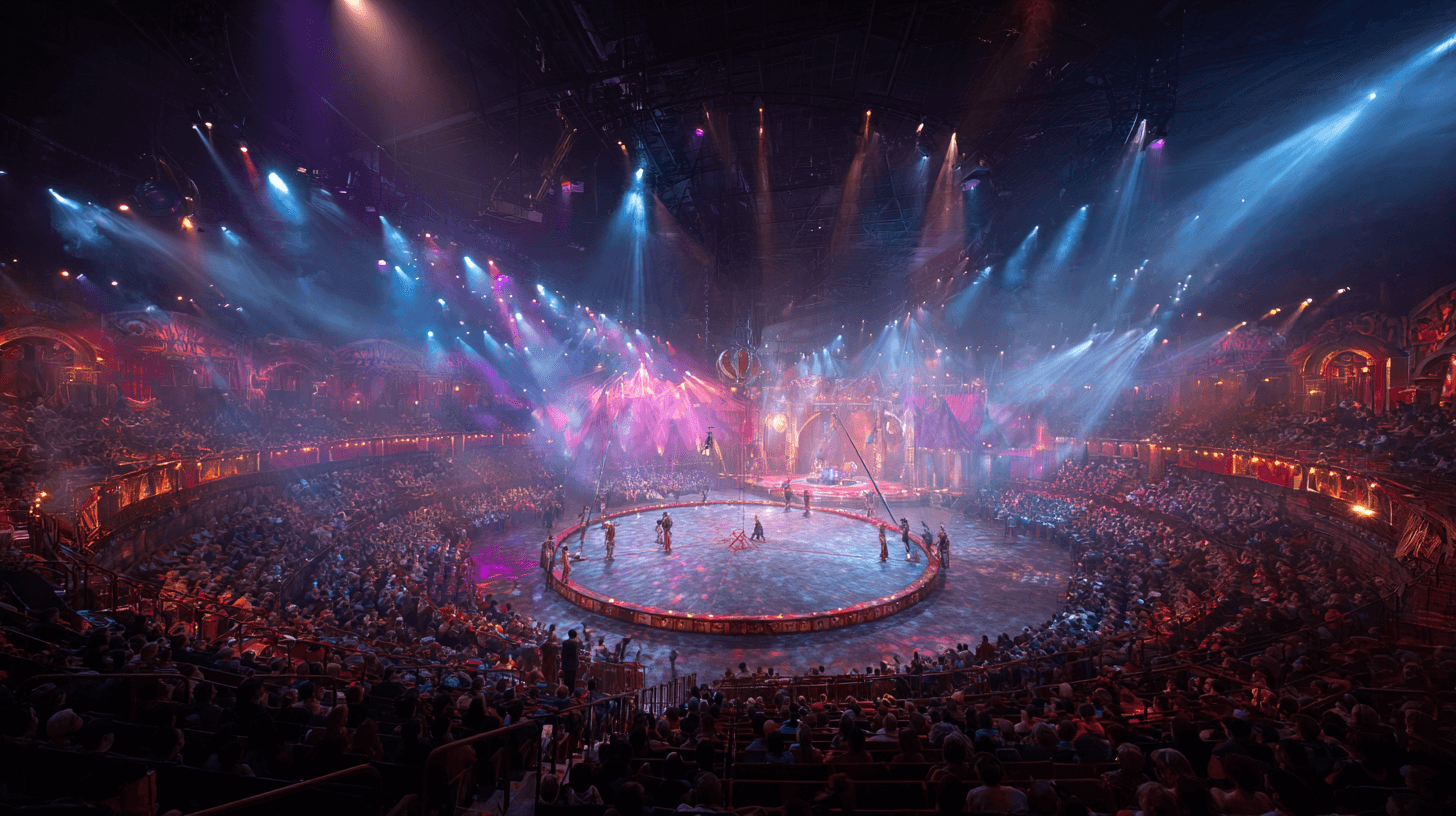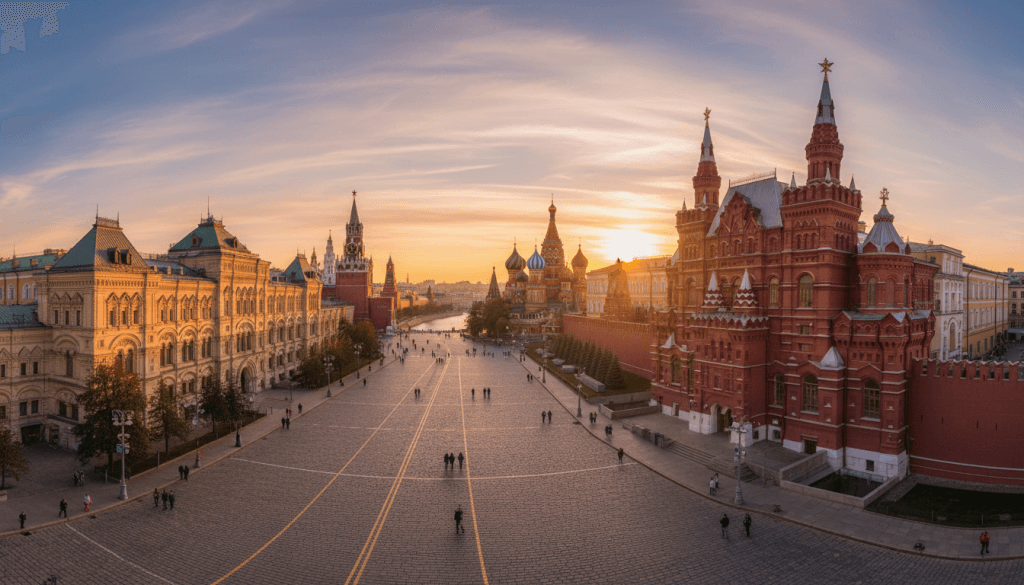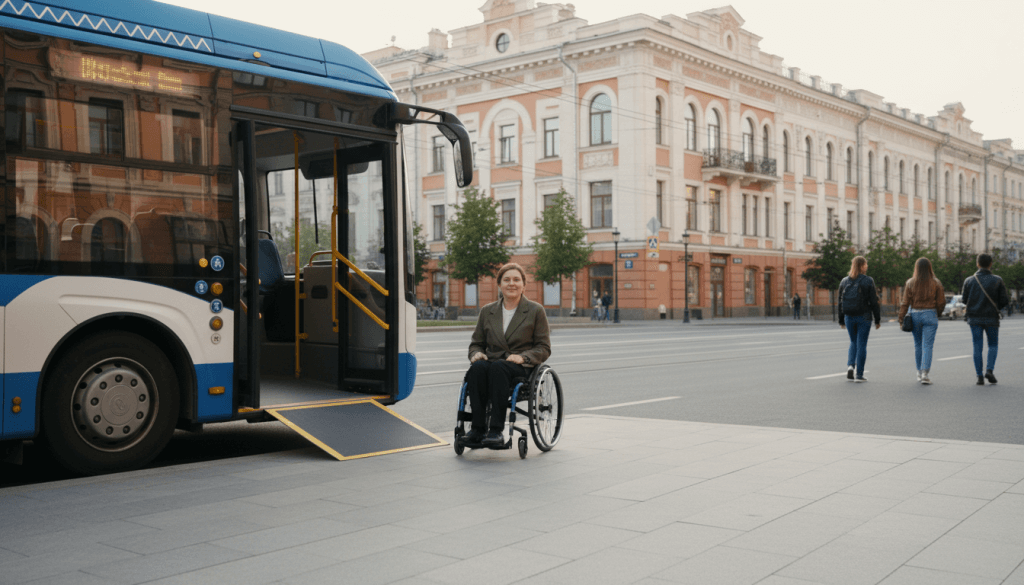Introduction
The Moscow circus stands as one of Russia’s most enduring cultural symbols, blending artistry, athleticism, and theatrical spectacle into a tradition that spans generations. For many travelers, attending a circus performance is a rare opportunity to witness a uniquely Russian form of entertainment that embodies both historical heritage and modern creativity. While the Bolshoi Ballet and historical museums often dominate tourist itineraries, the Moscow circus offers a different perspective: a lively, colorful, and deeply human experience rooted in the evolution of performance art throughout the twentieth century.
With the Moscow Pass, visitors gain convenient access to select circus venues and performances across the city. This greatly simplifies the process of securing tickets, comparing schedules, and navigating popular attractions. For families, business travelers seeking cultural immersion, and tourists exploring Russia for the first time, the pass provides a seamless way to experience traditional entertainment in a modern context. The Moscow circus remains not only a showcase of skill but also a reflection of national identity, making it an essential stop for anyone hoping to understand the city’s cultural fabric.
This guide explores the history, structure, and modern transformations of the Moscow circus, helping visitors make informed choices about shows, venues, seating, and logistics. It highlights the significance of circus performance in Russian society and illustrates how the Moscow Pass enhances accessibility for travelers. Whether watching daring acrobats soar through the air or enjoying the emotional storytelling woven into each act, visitors will find the circus both impressive and unexpectedly insightful.
The Heritage of the Moscow Circus
Evolution of Circus Culture in Russia
Circus arts in Russia have roots reaching back to the nineteenth century, when traveling performers and horse-riding acrobats captivated audiences in makeshift tents. By the early twentieth century, dedicated circus buildings began appearing in major cities, evolving into architectural landmarks. Moscow quickly became the country’s circus capital, home to both celebrated performers and advanced training institutions. Soviet-era support for the arts led to standardized professional training and the development of signature performance styles, creating a powerful national identity around circus talent.
The Moscow circus tradition is shaped by storytelling, athleticism, and emotional expression. Performers train rigorously at specialized academies, mastering disciplines such as aerial acrobatics, juggling, balancing, clowning, and animal-free ensemble acts. While many countries abandoned traditional circus formats over time, Russia maintained institutional support, allowing the art form to flourish even during periods of political change. Today, the circus remains a respected profession, blending classical techniques with contemporary artistic innovations.
Visitors to Moscow often notice how circus performances incorporate elements of drama and choreography similar to ballet or theater. This integration reflects Russia’s broader artistic culture, where narrative, atmosphere, and character development are essential components of any performance. Modern productions continue this tradition while adapting staging, lighting, and sound design to create richer and more immersive experiences.
Legacy of Iconic Moscow Circus Venues
Moscow’s most famous circus venues include the Nikulin Moscow Circus on Tsvetnoy Boulevard and the Great Moscow State Circus on Vernadsky Avenue. Both represent different eras of architectural and artistic development. The Nikulin Circus, founded in the nineteenth century, is known for its intimate atmosphere and strong comedic tradition, with many legendary clowns and performers associated with its history. Its classic circular arena embodies traditional European circus design, offering audiences a close connection to the action.
The Great Moscow State Circus, opened in 1971, reflects Soviet ambition with its massive capacity and innovative stage mechanisms. This venue is renowned for its five rotating arenas, which allow rapid changes between performance types, enhancing technical complexity and creative possibilities. Its productions often feature elaborate sets, large ensembles, and advanced acrobatic systems. For visitors seeking grand spectacle, this venue offers some of the most ambitious shows in the world.
The Moscow Pass includes access or discounted entry to select performances at these and other partner venues. This enables travelers to explore different aspects of circus heritage without navigating complicated ticket systems or language barriers.
Moscow Circus Experience with the Pass
How the Moscow Pass Enhances Access
Travelers using the Moscow Pass benefit from streamlined entry, reduced costs, and clear scheduling options for circus performances. Instead of searching for individual tickets or navigating Russian-language booking platforms, visitors can rely on centralized listings that provide available dates, show types, and seat categories. This is especially useful during peak tourist seasons or holidays when performances often sell out.
The pass may include either full entry or significant discounts depending on the venue and time of year. Families traveling with children find the pass particularly practical, as it simplifies logistics and helps avoid long queues at the ticket office. Many circus venues support mobile scanning, allowing passholders to enter quickly without needing printed tickets. Additionally, pass partners often provide multilingual assistance at entrances, helping visitors understand seating arrangements and show guidelines.
For travelers with tight itineraries, the Moscow Pass allows them to integrate a circus visit without extensive planning. Circus performances typically run in the afternoons and evenings, making it easy to include a show between museum visits or after exploring central neighborhoods. The pass also provides recommendations for nearby attractions, suggesting efficient routes for visitors wishing to maximize their time.
Choosing the Right Circus Show
Each Moscow circus has its own artistic identity, and the Moscow Pass helps travelers choose the most suitable performance. Some shows highlight aerial acrobatics with dramatic choreography and advanced rigging systems. Others emphasize comedy or traditional storytelling styles, making them suitable for young children and families. Seasonal productions may include winter-themed performances, holiday specials, or collaborative shows with visiting international artists.
The Nikulin Moscow Circus specializes in warm, nostalgic productions with a focus on character-driven performance. Visitors who appreciate heartfelt storytelling often prefer this venue. Meanwhile, the Great Moscow State Circus features high-adrenaline acts, large ensembles, and technologically advanced scenes. Those who enjoy large-scale spectacle and intense athletic displays will find this space particularly compelling.
The Moscow Pass also provides information about performance durations, recommended age groups, seating visibility, and accessibility features. By comparing these factors, travelers can select shows that match their preferences and expectations.
Inside the Moscow Circus Performance
Elements of Circus Production
Russian circus performances combine multiple disciplines into cohesive thematic shows. A typical program may include aerial silks, trapeze flights, juggling routines, balancing acts, synchronized group choreography, illusion elements, and ensemble storytelling. Interludes between major acts often feature comedic performers or clowns who maintain the audience’s emotional connection and provide narrative continuity.
Lighting design plays a significant role in enhancing the visual impact of performances. Modern productions use dynamic spotlights, color transitions, and dramatic silhouettes to highlight aerial motion or emphasize dramatic moments. Music, often inspired by classical Russian compositions or contemporary cinematic styles, helps shape the emotional rhythm of the show.
Costume design contributes to the identity of each performance. In Russian circus tradition, costumes are richly detailed, incorporating traditional patterns, modern fabrics, and symbolic color palettes. Even comedic characters often appear in elaborate outfits that reflect long-standing artistic conventions. The combination of stagecraft elements ensures that every aspect of the show supports the overall narrative.
Audience Experience During the Show
The circular arena creates a uniquely immersive viewing experience. Because performers move across all angles of the ring, every audience member maintains a close visual connection to the action. Families particularly enjoy the interactive nature of the circus, as clowns may occasionally address the audience or involve spectators in light-hearted moments.
Shows typically last between ninety minutes and two hours, with short intermissions for refreshments. Concession stands inside the venue offer traditional snacks and drinks, often incorporating regional flavors. Souvenir shops at the entrance provide memorabilia such as posters, themed toys, and performer-inspired items.
Visitors consistently highlight the emotional energy inside Moscow circus venues. The blend of tradition, artistry, and human skill creates an atmosphere that resonates beyond the performance itself. For many travelers, the circus becomes one of the most memorable cultural moments of their visit.
Practical Tips for Visitors
Best Seats and Viewing Strategies
Choosing the right seat significantly influences the experience. Central sections near the mid-level tier often offer the clearest view of both aerial and ground performances. Lower-tier seats provide closer proximity to performers but may limit the view of high-flying acts. Upper-tier seating offers an excellent overview of patterns and formations used in ensemble choreography.
The Moscow Pass usually includes guidelines on recommended seating zones for each venue. Travelers seeking the best photographic opportunities may prefer elevated angles, though photography during performances may be restricted.
Navigating Transportation and Schedule Planning
Many circus venues are located near metro stations, simplifying transportation. The Nikulin Circus is accessible from Tsvetnoy Boulevard station, while the Great Moscow State Circus is reachable via Universitet or Vernadsky Prospekt stations. Metro travel is efficient, inexpensive, and avoids city traffic, especially during evening hours when performances begin.
Travelers should arrive at least thirty minutes before showtime to navigate security checks, find seats, and purchase snacks. Weekday performances generally attract local crowds, while weekends bring larger numbers of families and tourists.
Accessibility and Family-Friendly Features
Circus venues in Moscow typically provide wheelchair access, accessible seating, and facilities for visitors with limited mobility. Families with young children benefit from designated stroller areas, kid-friendly seating options, and shorter intermissions that maintain engagement.
The Moscow Pass highlights accessibility features for each participating venue, helping visitors plan visits more effectively.
結論
The Moscow circus remains one of the city’s most iconic cultural experiences, offering a captivating blend of tradition, artistry, and contemporary performance. Through the Moscow Pass, travelers can access this vibrant form of entertainment conveniently and affordably, discovering an essential piece of Russia’s artistic identity. Whether attending a grand performance at the Great Moscow State Circus or a heartfelt show at the Nikulin Circus, visitors gain insight into a world where athletic excellence meets theatrical imagination.
For anyone visiting Moscow, the circus offers more than spectacle; it provides a window into the heart of Russian creativity and the enduring power of community-centered entertainment. With thoughtful planning, strategic seat selection, and the benefits provided by the Moscow Pass, travelers can enjoy a smooth and memorable cultural experience that enhances their understanding of the city and its artistic heritage.

 Moscow Circus: Traditional Russian Entertainment with the Pass">
Moscow Circus: Traditional Russian Entertainment with the Pass">

 Moscow’s Modern Art Scene: Contemporary Galleries with the Moscow Pass (2025–2026)">
Moscow’s Modern Art Scene: Contemporary Galleries with the Moscow Pass (2025–2026)">
 Bunker-42 Cold War Museum: Deep Dive Guide for Moscow Pass Holders (2025–2026)">
Bunker-42 Cold War Museum: Deep Dive Guide for Moscow Pass Holders (2025–2026)">
 Moscow’s Historical Monasteries: Novodevichy and Donskoi with the Moscow Pass">
Moscow’s Historical Monasteries: Novodevichy and Donskoi with the Moscow Pass">
 Moscow for History Buffs: Complete Timeline Tour with the Pass">
Moscow for History Buffs: Complete Timeline Tour with the Pass">
 City Without Limits: The Complete Guide to Accessible Moscow for Travelers with Mobility Challenges">
City Without Limits: The Complete Guide to Accessible Moscow for Travelers with Mobility Challenges">